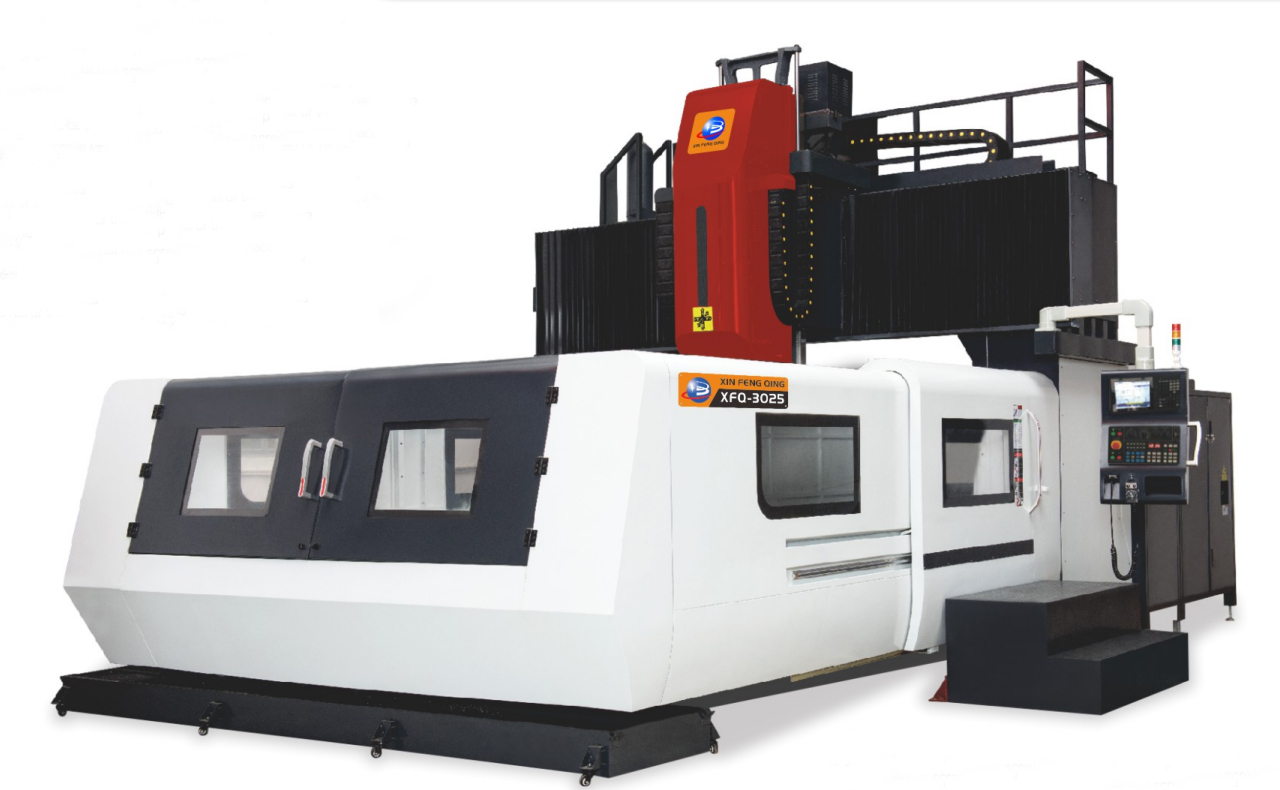In today's fast-paced world, LED motion sensor lights have become an integral part of our lives, providing energy-efficient and convenient lighting solutions. However, one question that often arises is, How long do LED motion sensor lights last? In this comprehensive blog post, we will delve into the factors that influence the lifespan of these lights, debunk common misconceptions, and provide practical tips to maximize their longevity.
- Understanding LED Technology:
To comprehend the lifespan of LED motion sensor lights, it is crucial to grasp the fundamentals of LED technology. Light Emitting Diodes (LEDs) are solid-state devices that convert electrical energy into light. Unlike traditional incandescent bulbs, LEDs do not rely on a filament, making them more durable and long-lasting. - Factors Affecting LED Motion Sensor Light Lifespan:
a) Quality of Components: The quality of LED chips, driver circuits, and heat sinks significantly impacts the lifespan of motion sensor lights. Opting for reputable brands and high-quality components ensures better performance and longevity.
b) Operating Temperature: LED lights are sensitive to temperature fluctuations. Excessive heat can degrade their performance and shorten their lifespan. Proper heat dissipation mechanisms, such as heat sinks and thermal management systems, are vital to maintain optimal operating temperatures.
c) Usage Patterns: The frequency and duration of usage also affect the lifespan of LED motion sensor lights. Lights that are frequently turned on and off may experience more wear and tear, reducing their overall lifespan. - Estimating LED Motion Sensor Light Lifespan:
a) Lumen Depreciation: Unlike traditional bulbs that burn out abruptly, LED lights experience lumen depreciation over time. Manufacturers often specify the L70 rating, indicating the time it takes for the light output to decrease to 70% of its initial level. This rating helps estimate the lifespan of LED lights.
b) Mean Time Between Failures (MTBF): MTBF is a metric used to estimate the average lifespan of electronic devices. LED motion sensor lights typically have an MTBF ranging from 50,000 to 100,000 hours, indicating their long-lasting nature. - Extending the Lifespan of LED Motion Sensor Lights:
a) Proper Installation: Correct installation techniques, such as ensuring proper ventilation and avoiding excessive tension on wires, can prevent premature failure.
b) Regular Maintenance: Periodic cleaning of the light fixtures and ensuring dust-free surroundings can enhance the performance and longevity of LED motion sensor lights.
c) Voltage Stabilization: Fluctuations in voltage can adversely affect LED lights. Installing voltage stabilizers or surge protectors can safeguard the lights and extend their lifespan.
Conclusion:
In conclusion, LED motion sensor lights are renowned for their longevity and energy efficiency. Understanding the factors that influence their lifespan, such as component quality, operating temperature, and usage patterns, allows us to maximize their performance. By following proper installation techniques, conducting regular maintenance, and ensuring voltage stabilization, we can enjoy the benefits of LED motion sensor lights for an extended period. Embrace this innovative lighting solution and illuminate your surroundings with confidence!






+ There are no comments
Add yours